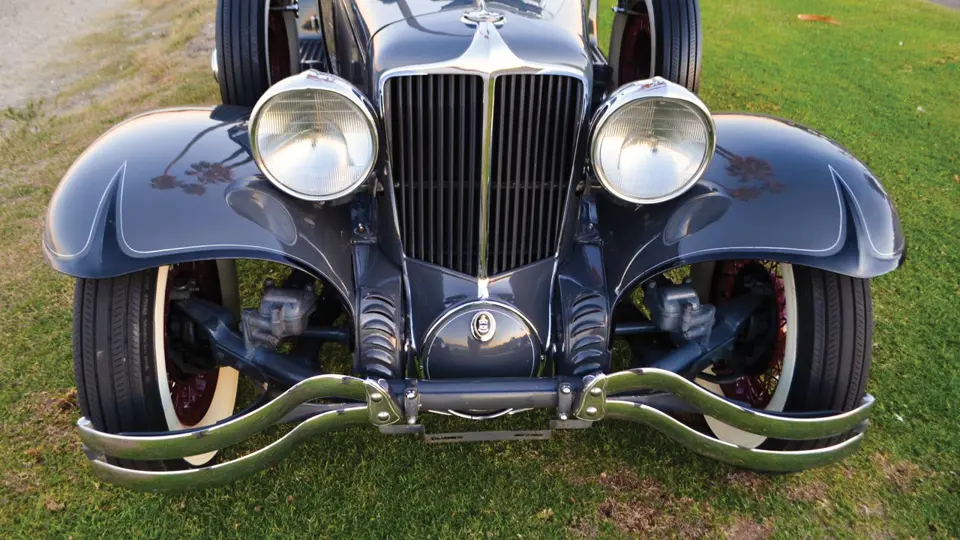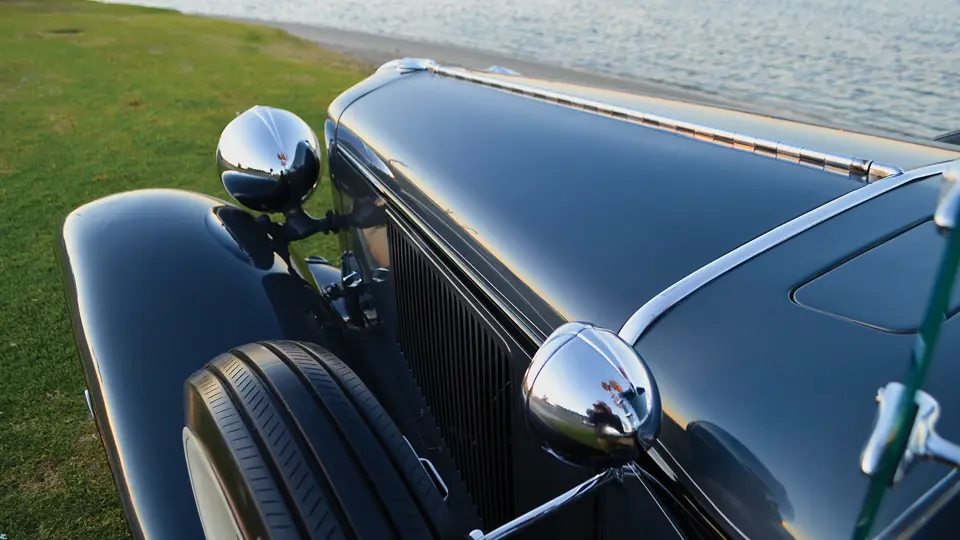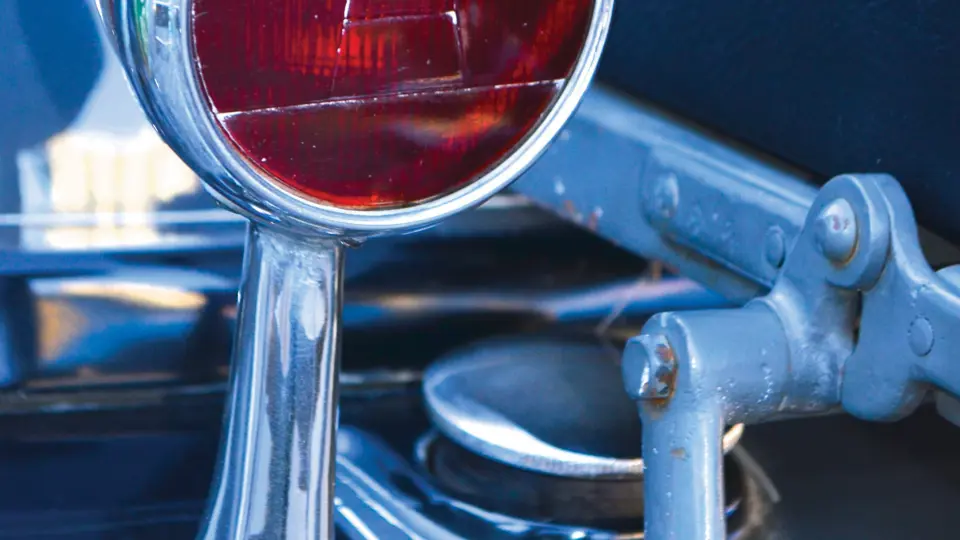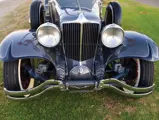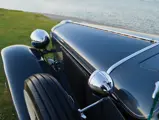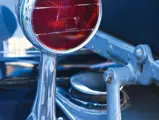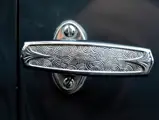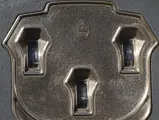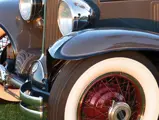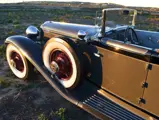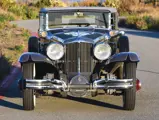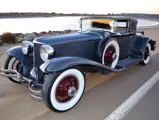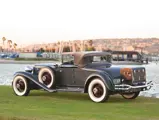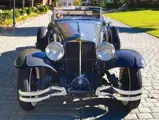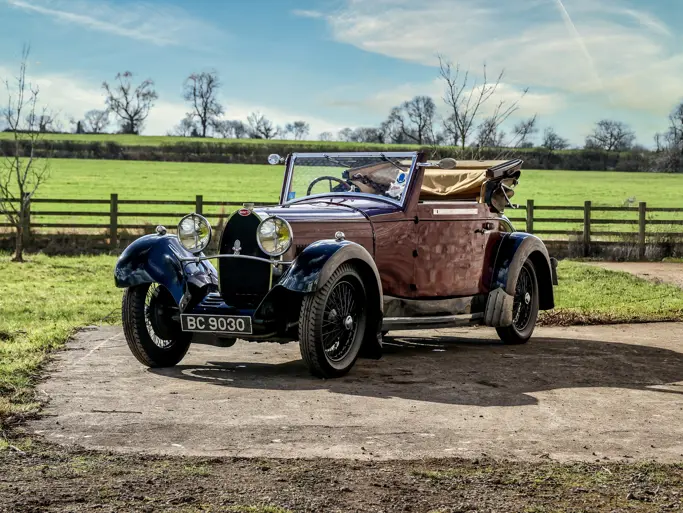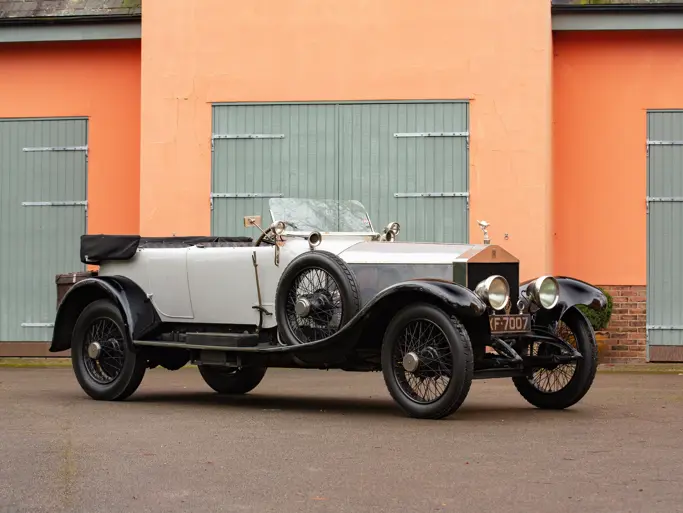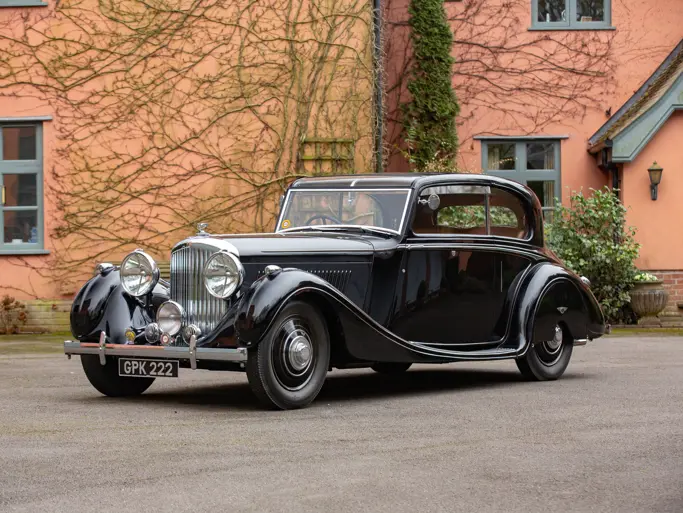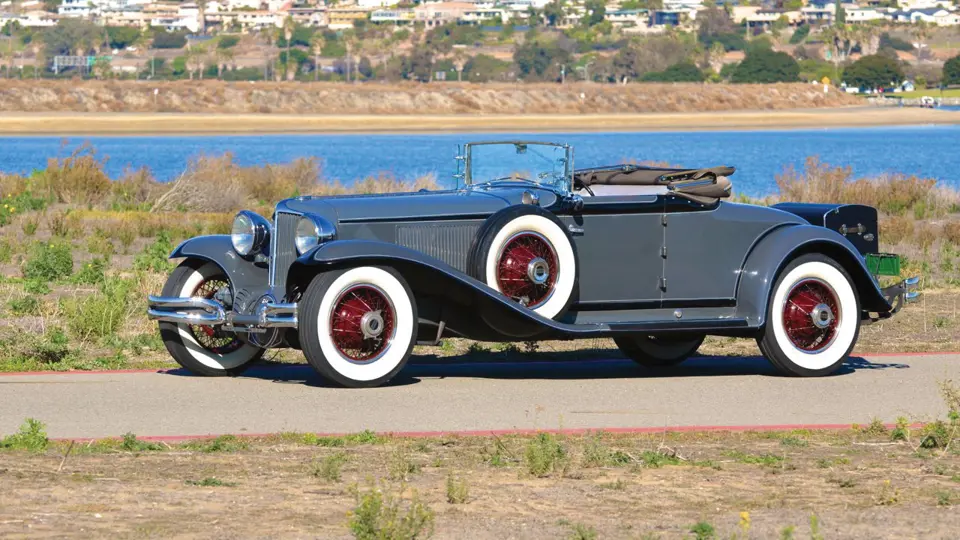
1930 Cord L-29 Cabriolet
{{lr.item.text}}
$137,500 USD | Sold
{{bidding.lot.reserveStatusFormatted}}
- One of the most technologically significant American CCCA Full Classics
- Enjoyed by West Coast enthusiasts for half a century
- Wonderful authenticity, including original wood and data tags
- A well-known and respected example
125 bhp, 298 cu. in. side-valve inline eight-cylinder engine, front-wheel drive, three-speed transmission, quarter-elliptical front leaf springs and rear semi-elliptical leaf springs, and four-wheel hydraulic drum brakes. Wheelbase: 137.5 in.
At its debut, the Cord Front-Drive was the first major American production car with front-wheel drive, and it was easily the most innovative automobile that had been offered to the public in a decade, thanks to engineering input from legendary racecar builder Harry Miller. The Cord’s front-wheel-drive system employed a Lycoming straight-eight that was reversed in the chassis so that the transmission was at the extreme front. The lack of a driveshaft tunnel allowed for the bodies to be mounted low on the frame, with the result being that the Cord was no taller than a person of average height. Their interiors boasted flat floors, allowing for comfortable, spacious seating.
The Front-Drive, like so many of the great automobiles of its time, had the bad luck to have been born at the worst possible moment. It was offered to market just as the Great Depression’s crushing weight came down on the automobile industry, and production of the car faded away in late 1931.
The cabriolet offered here, serial number 2928423, is a late-production 1930 example, acquired in 1974 by Pat Fogle of Ontario, California. Mr. Fogle restored the car, which was displayed at several ACD Club West Coast meets during the next two decades, achieving Senior status. It was sold in 1978 to the well-known enthusiast Gordon Apker and, after over a decade, passed to Ronald “Bud” Melby of Kent, Washington, in 1989. A talented mechanic and passionate driver best-remembered for driving other automobiles on the Great Race, Mr. Melby continued to use the car and would ultimately own it for a quarter-century, using it to participate in ACD Club activities, including the Pacific Northwest meets at Rainbow Falls.
Maintained in its current enthusiast owner’s superb collection, the Cord presents well in an unusual and elegant combination of subtle pewter grey with black moldings and a grey leather interior, which is in good older condition. While the engine was replaced many years ago with a 1929 unit—identical, it is important to note, to a 1930 in everything but its serial number—the overall appearance is one of conscientiously maintained authenticity. This can be seen in the preservation of original wood in the floorboards, as well as the original serial number, body, and Harry Miller licensing tags, all of which are beautiful, readable, and intact.
Ideal for touring enjoyment with the ACD Club or in CCCA CARavans, this is a fine example of a Full Classic that is rapidly gaining in popularity and value. Everyone today wants an L-29 cabriolet; here is a lucky collector’s opportunity to acquire one that has been enjoyed by enthusiasts for the past half-century.




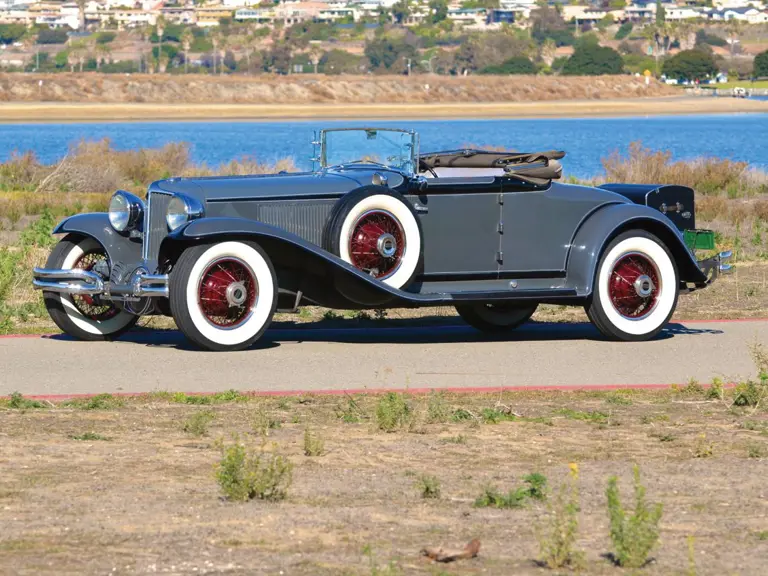
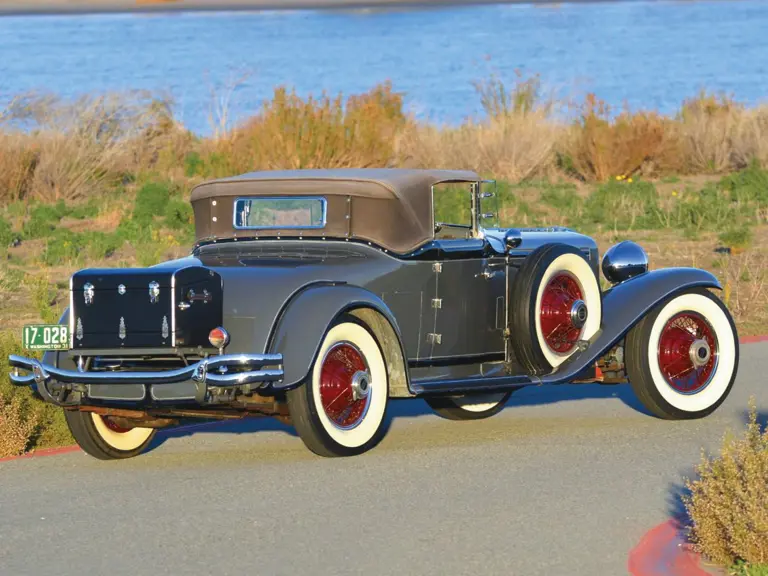
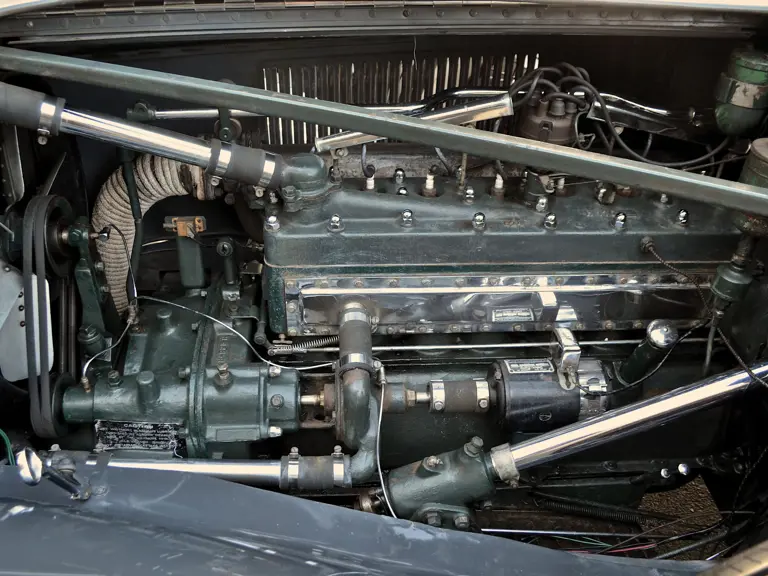
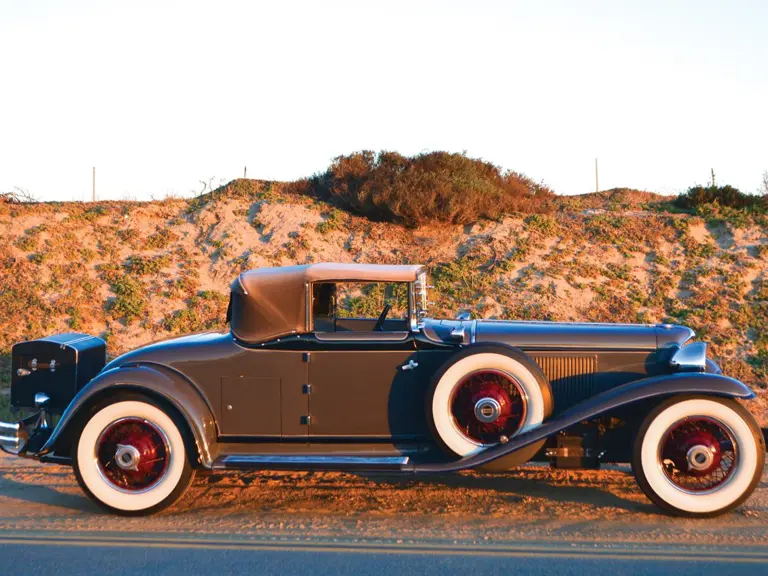
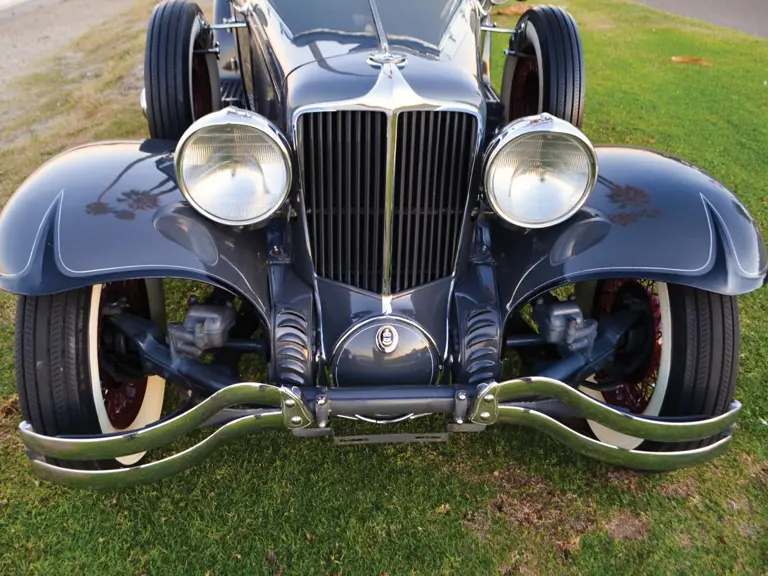
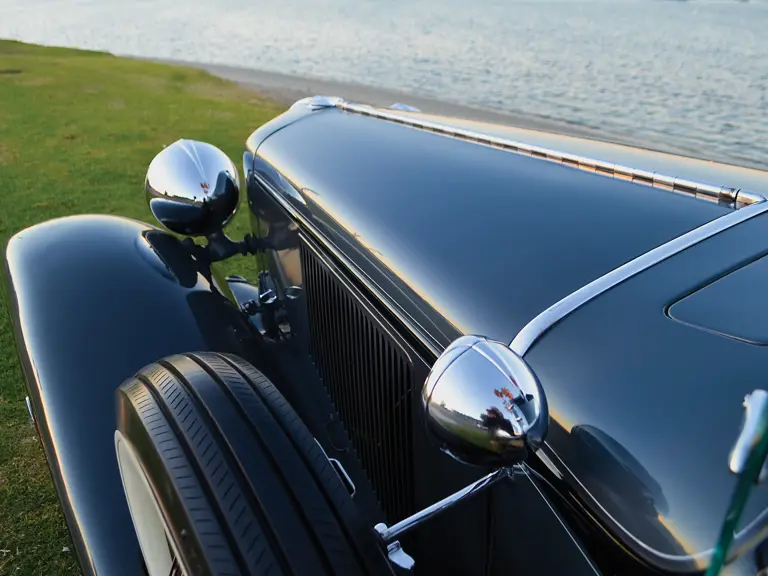
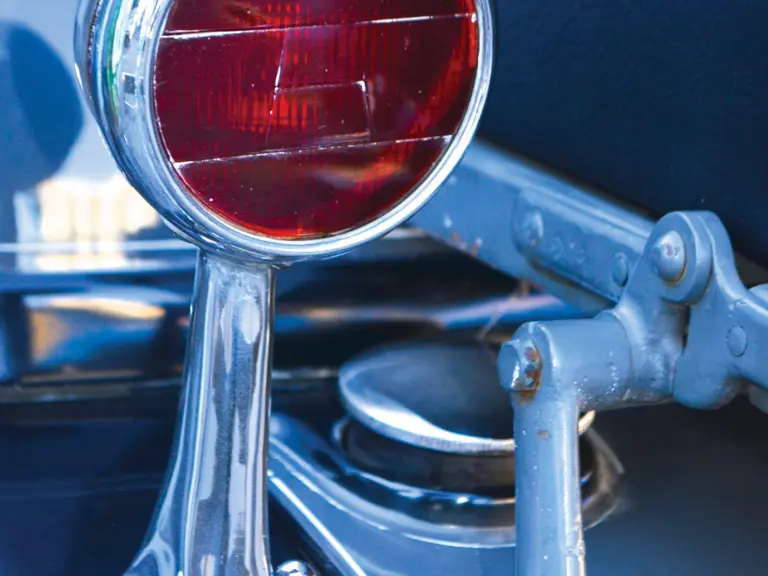
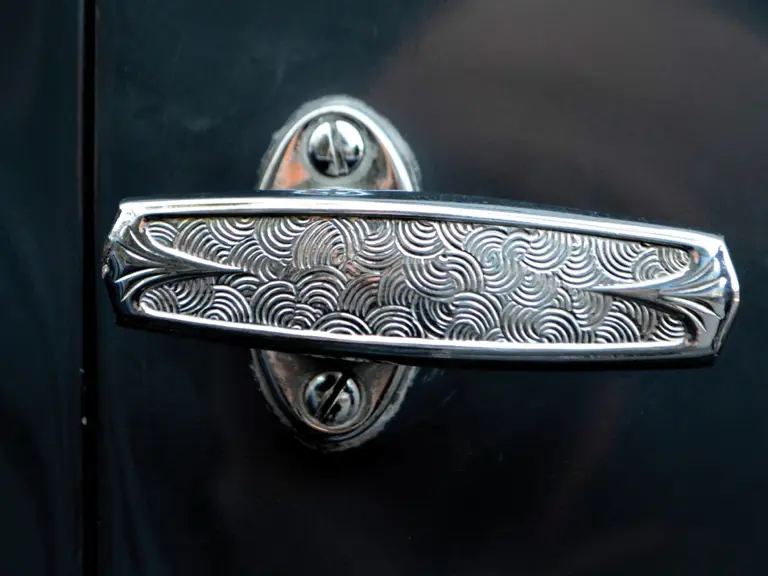
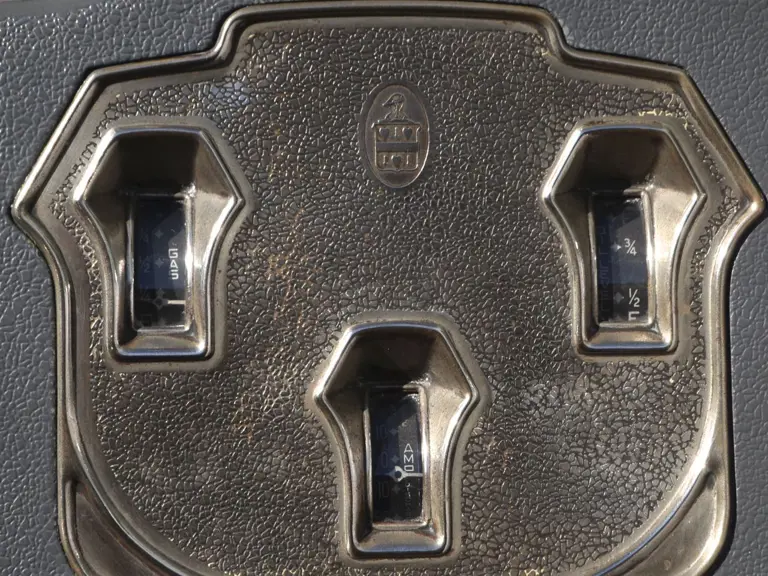
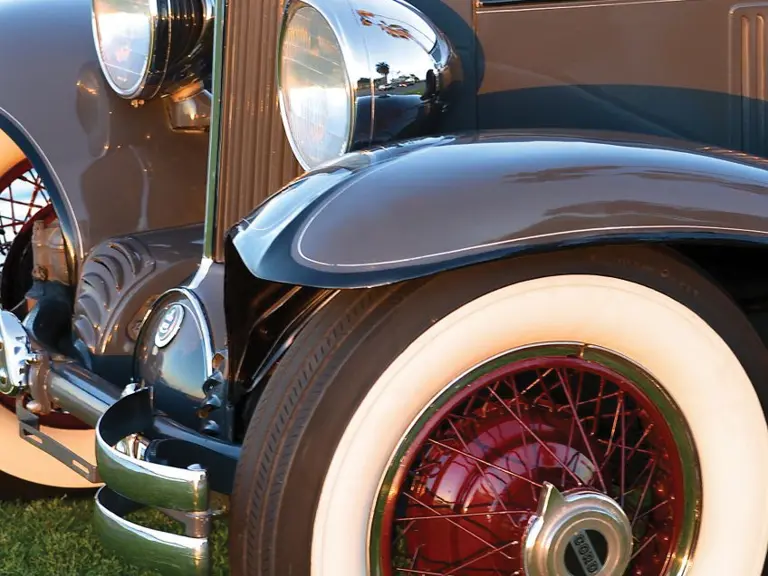
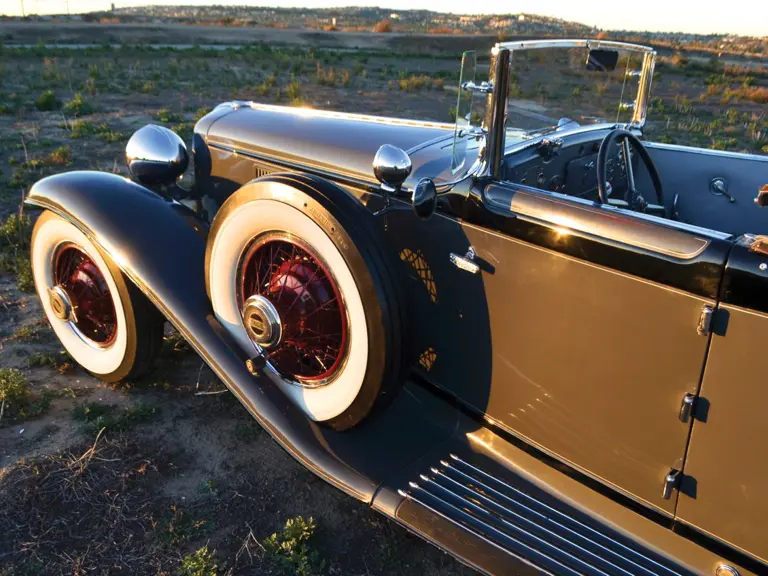
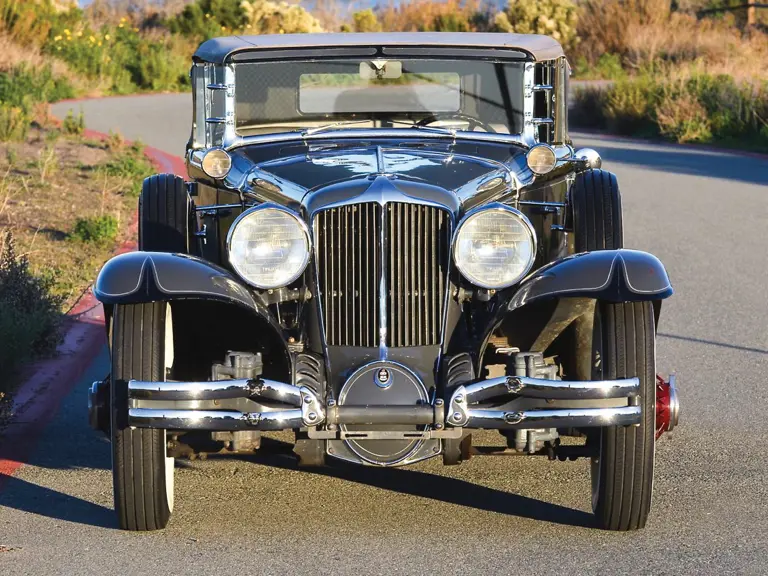
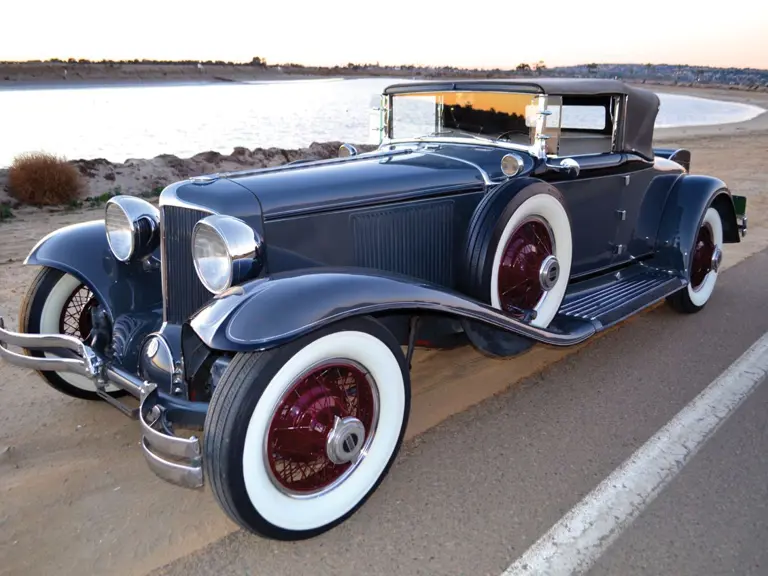
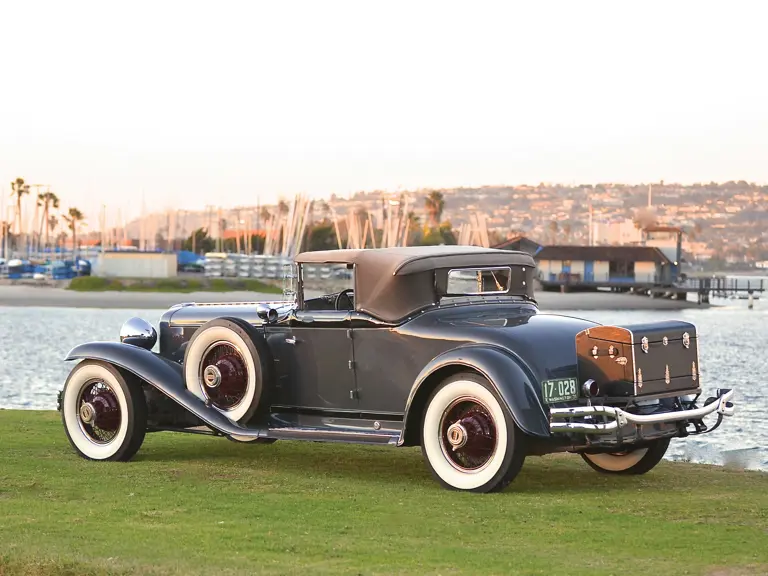
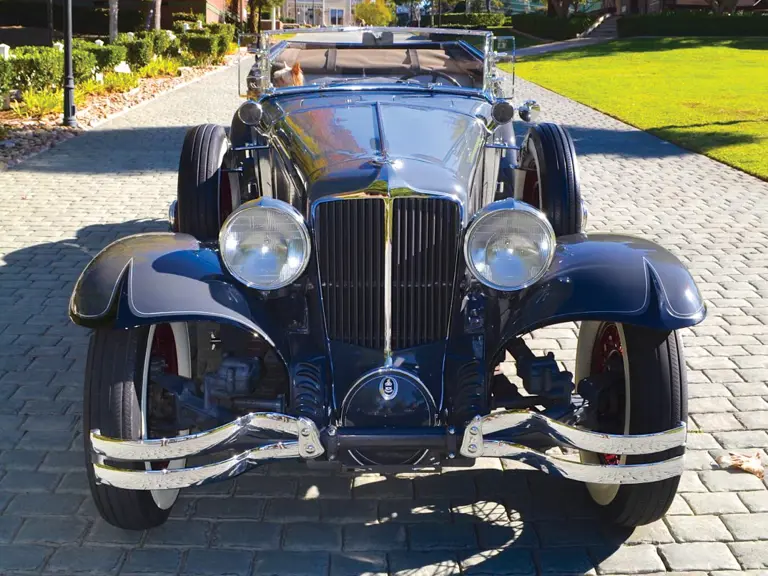
 | Phoenix, Arizona
| Phoenix, Arizona
